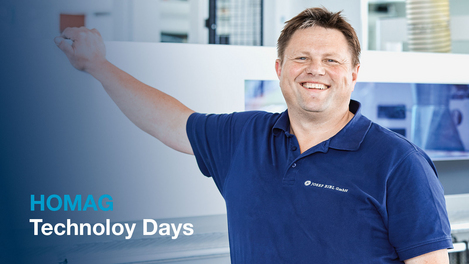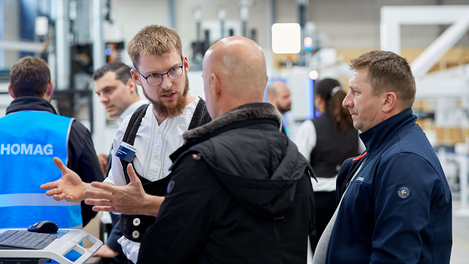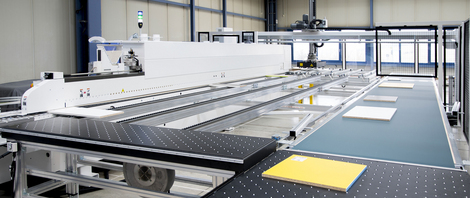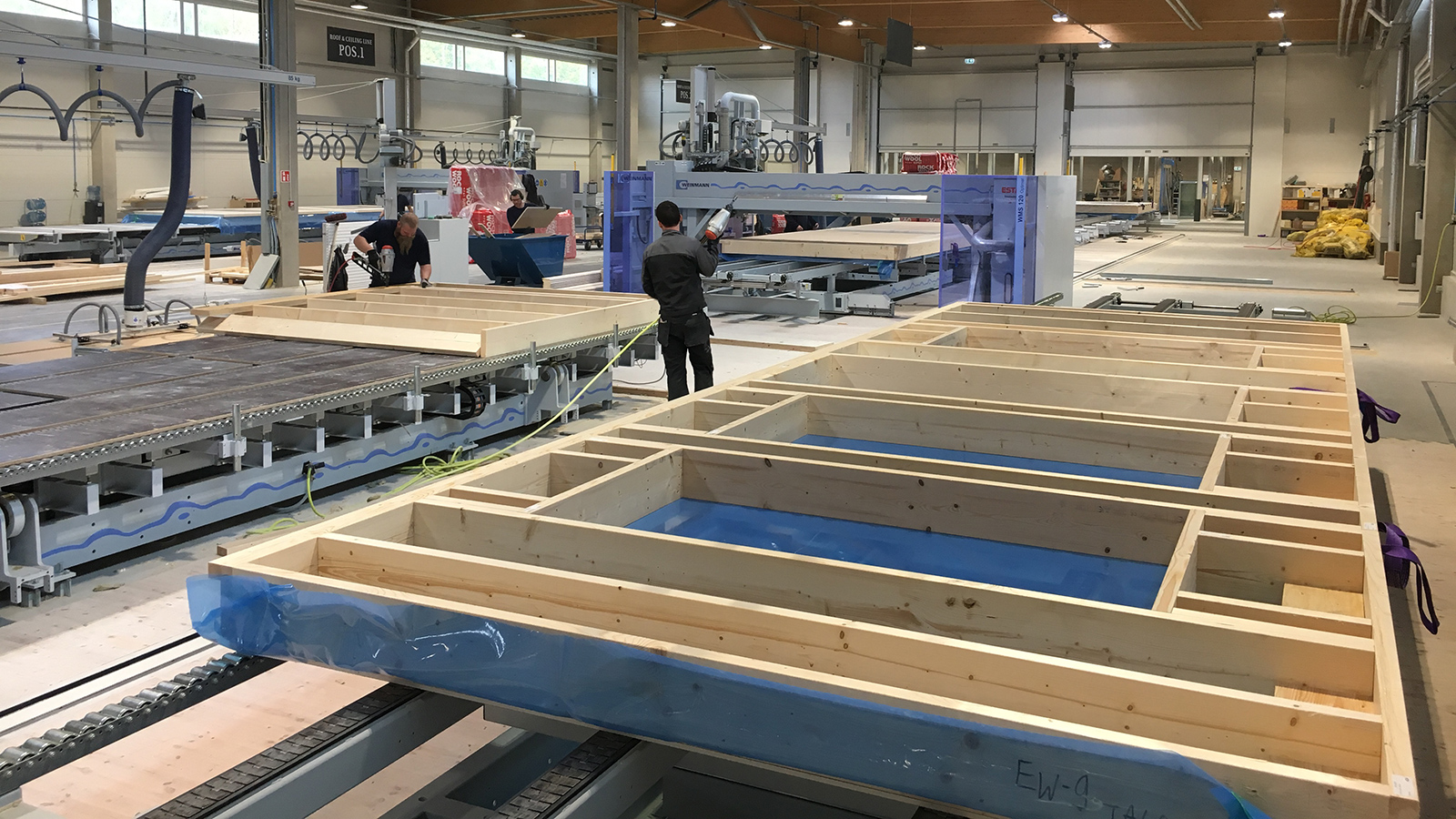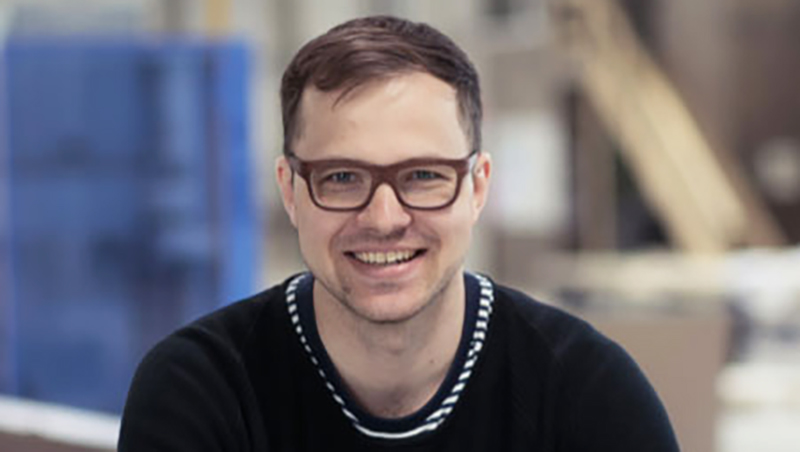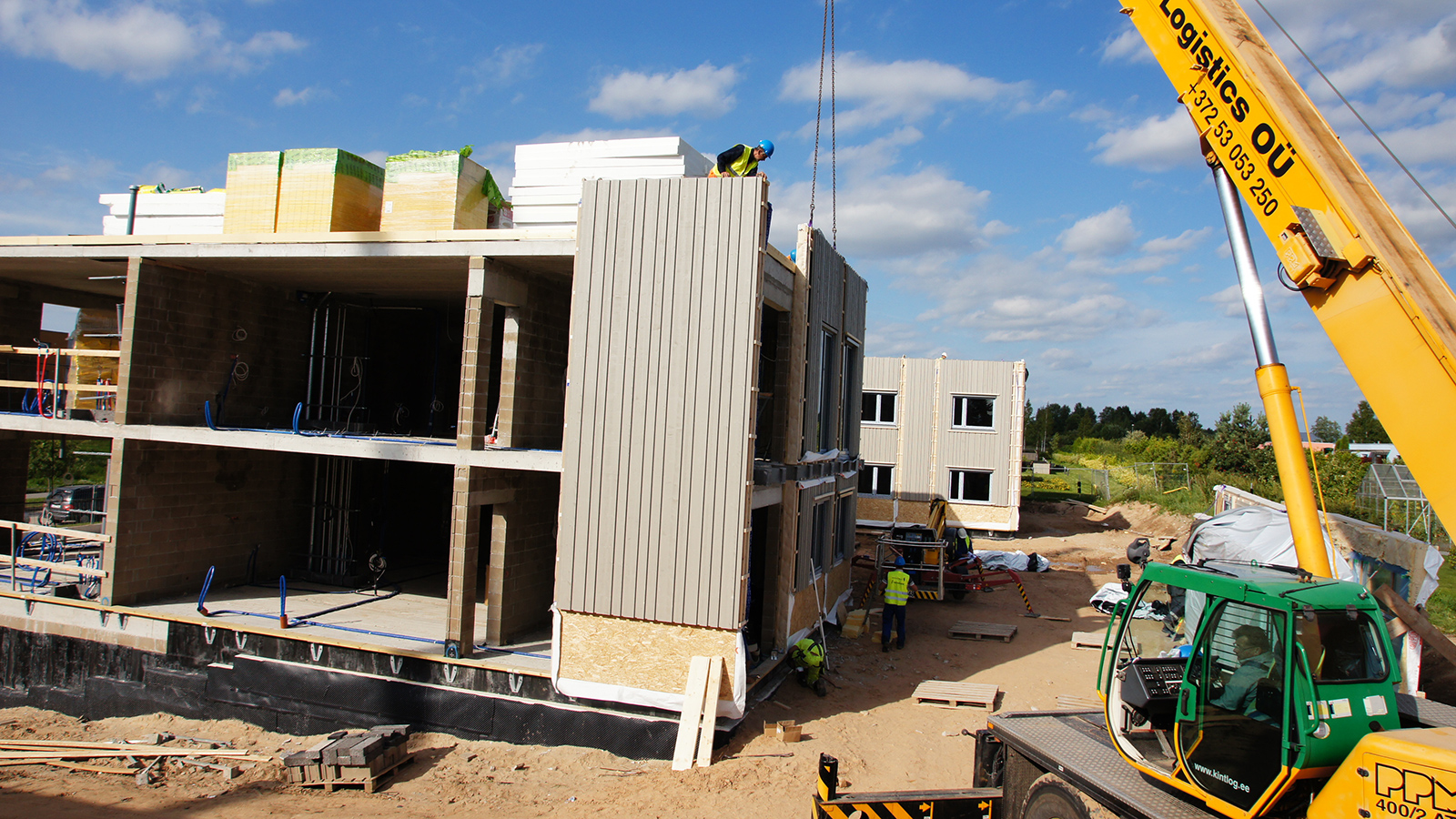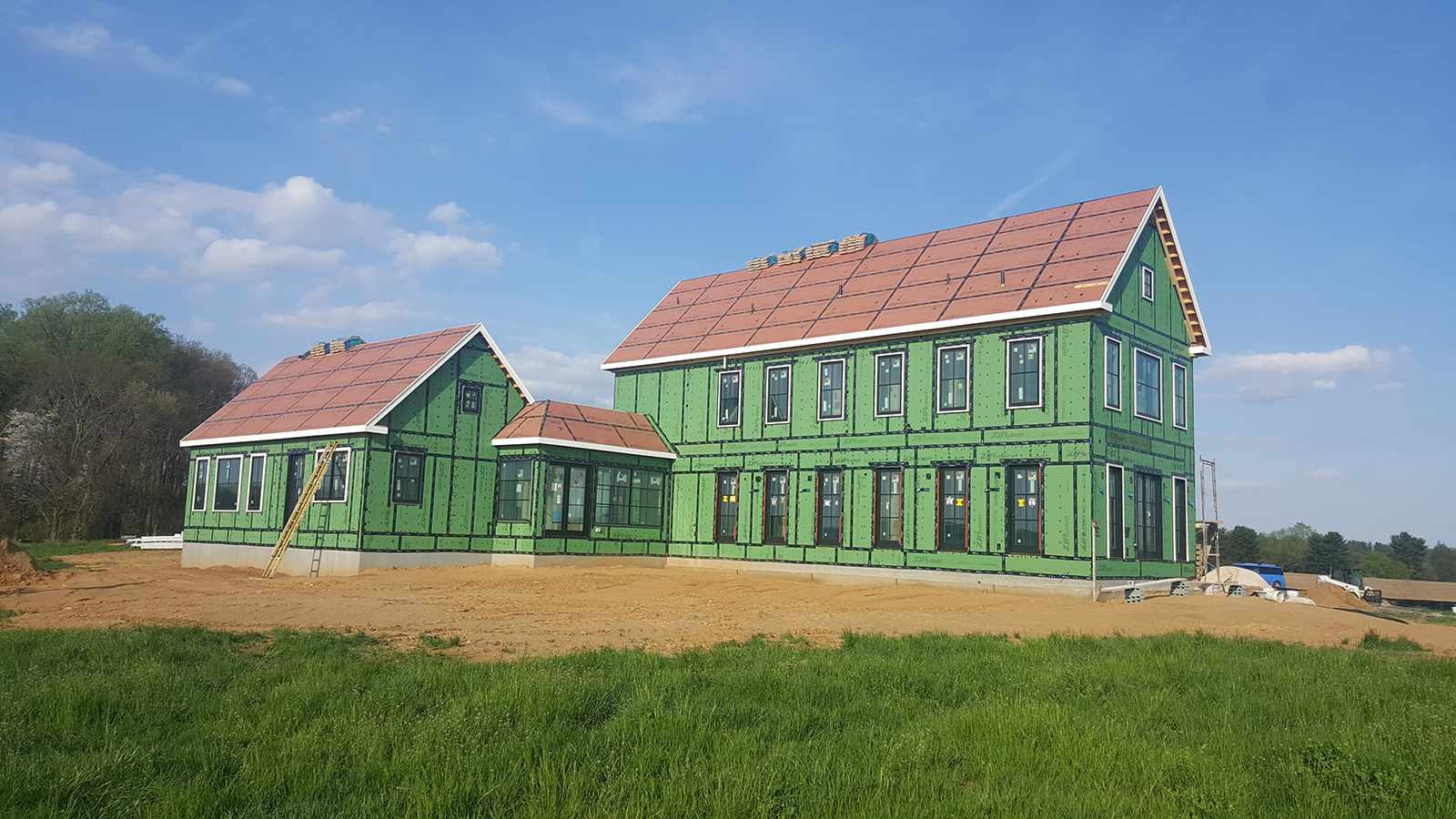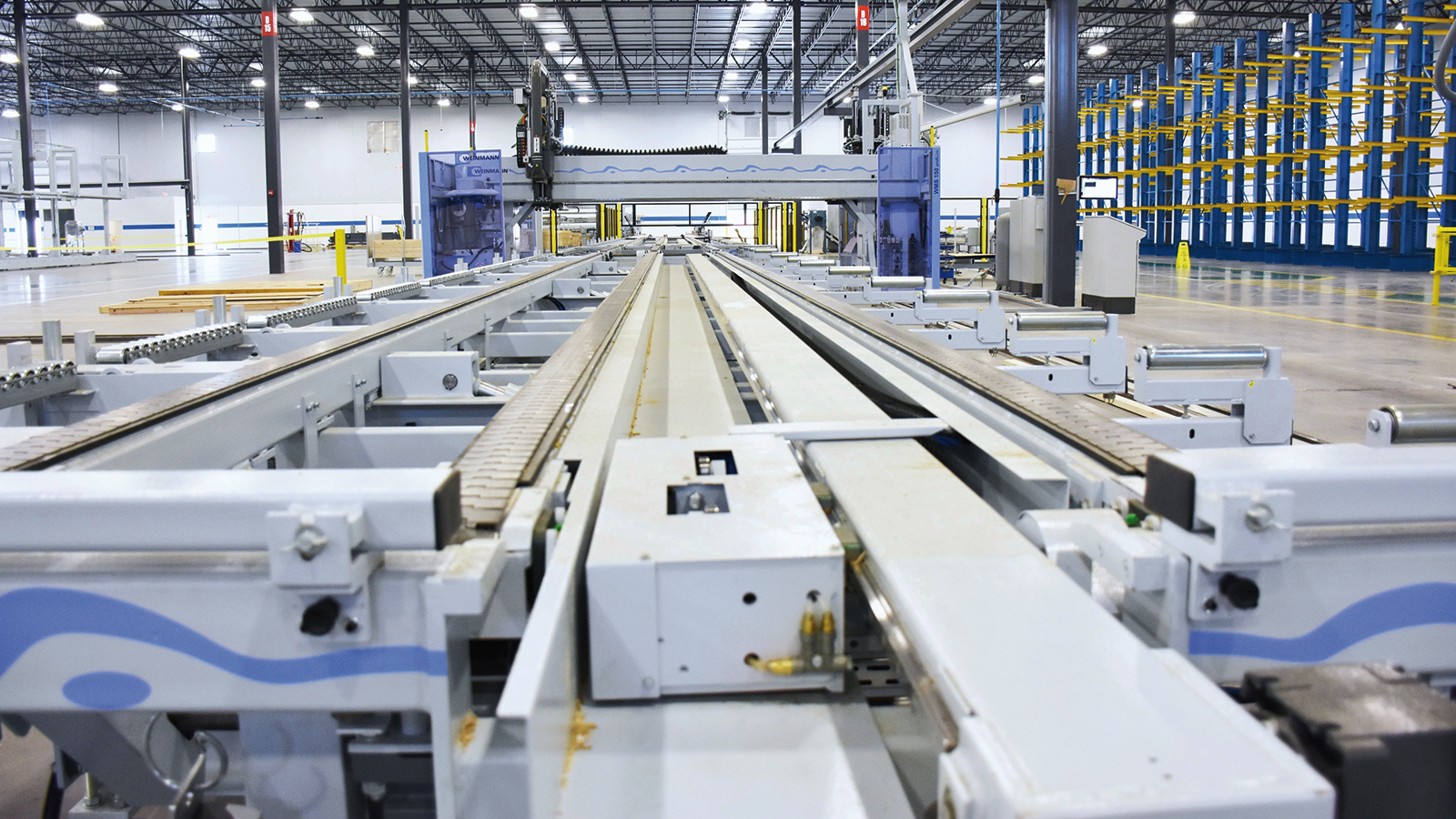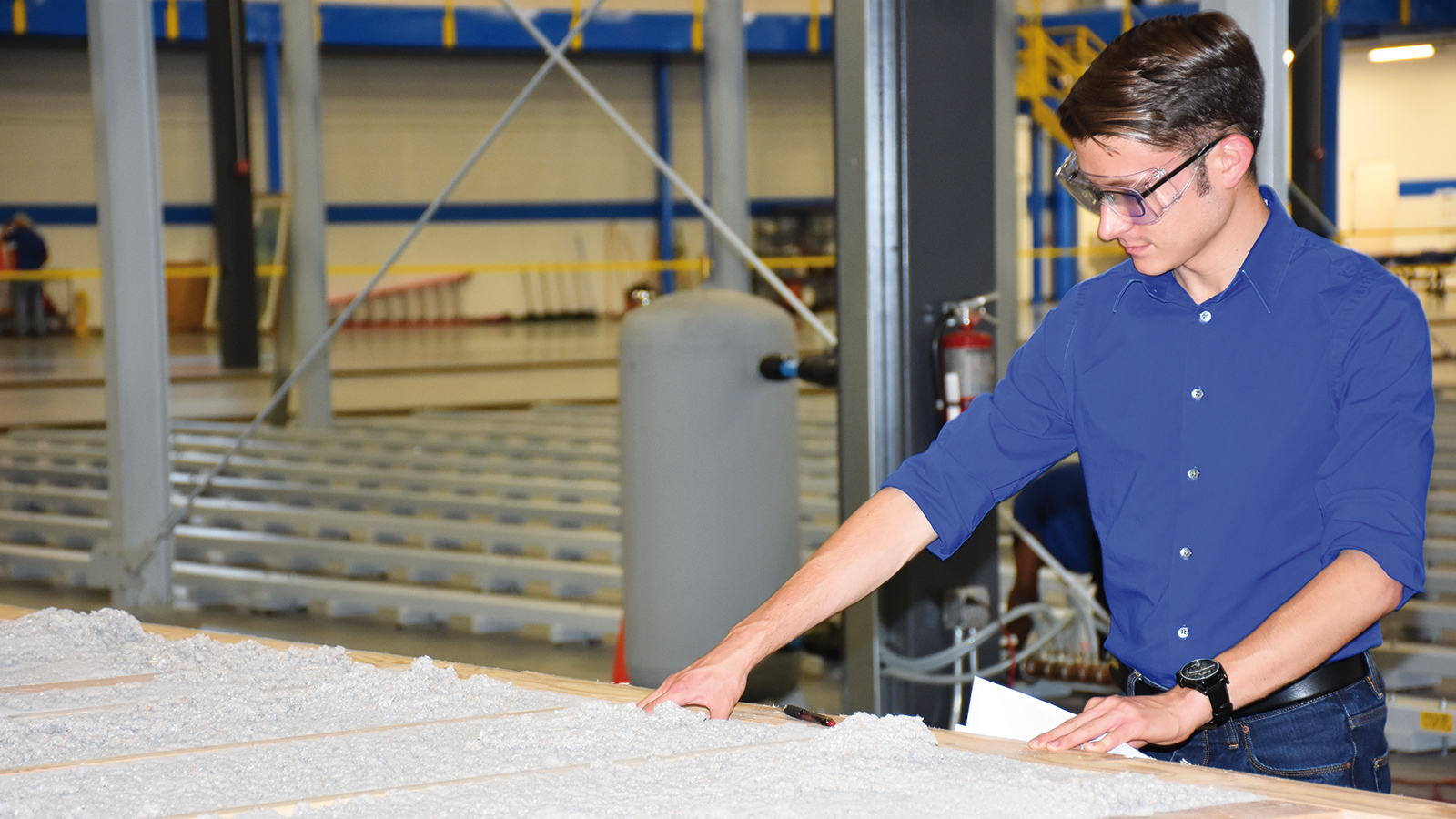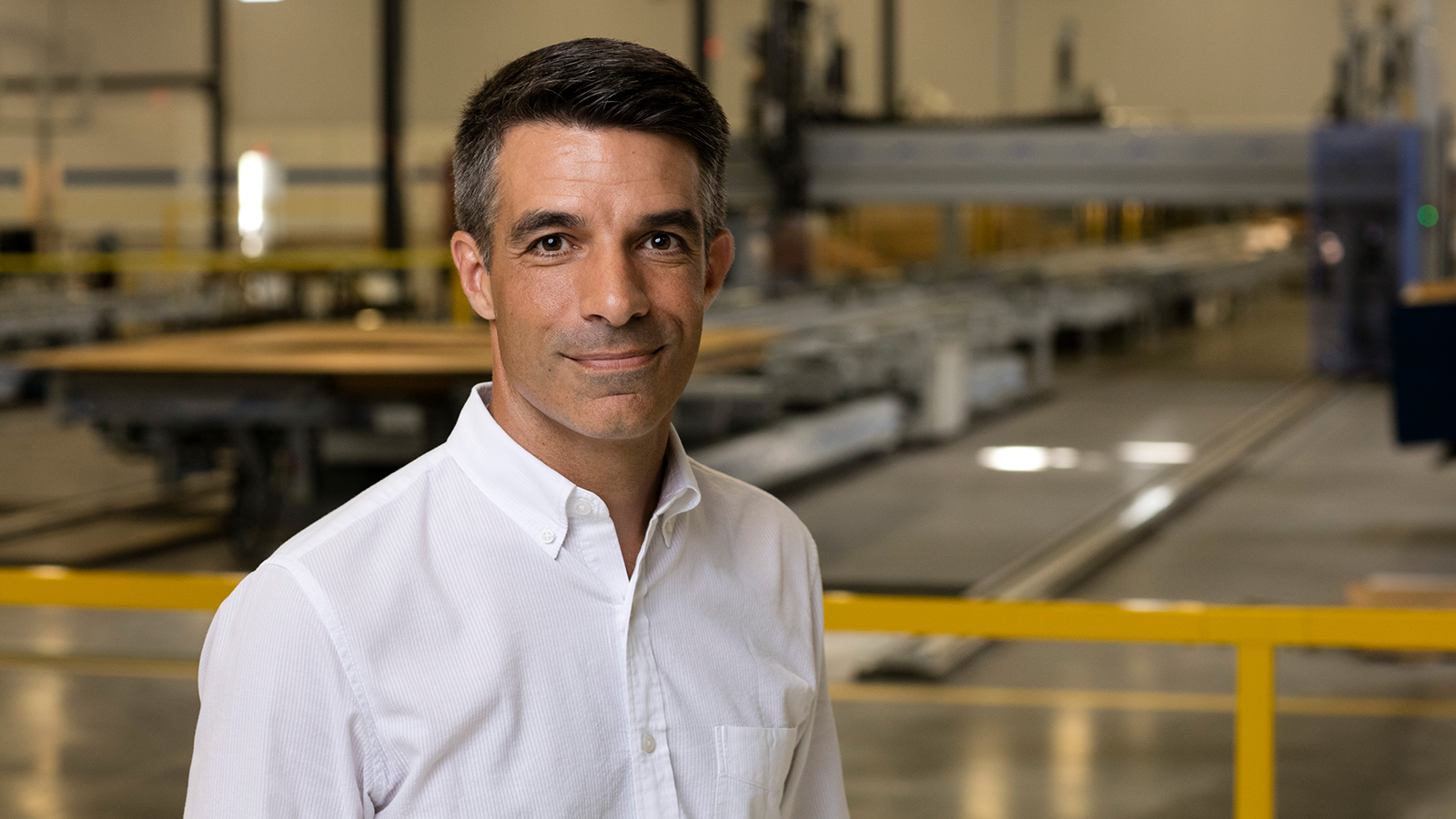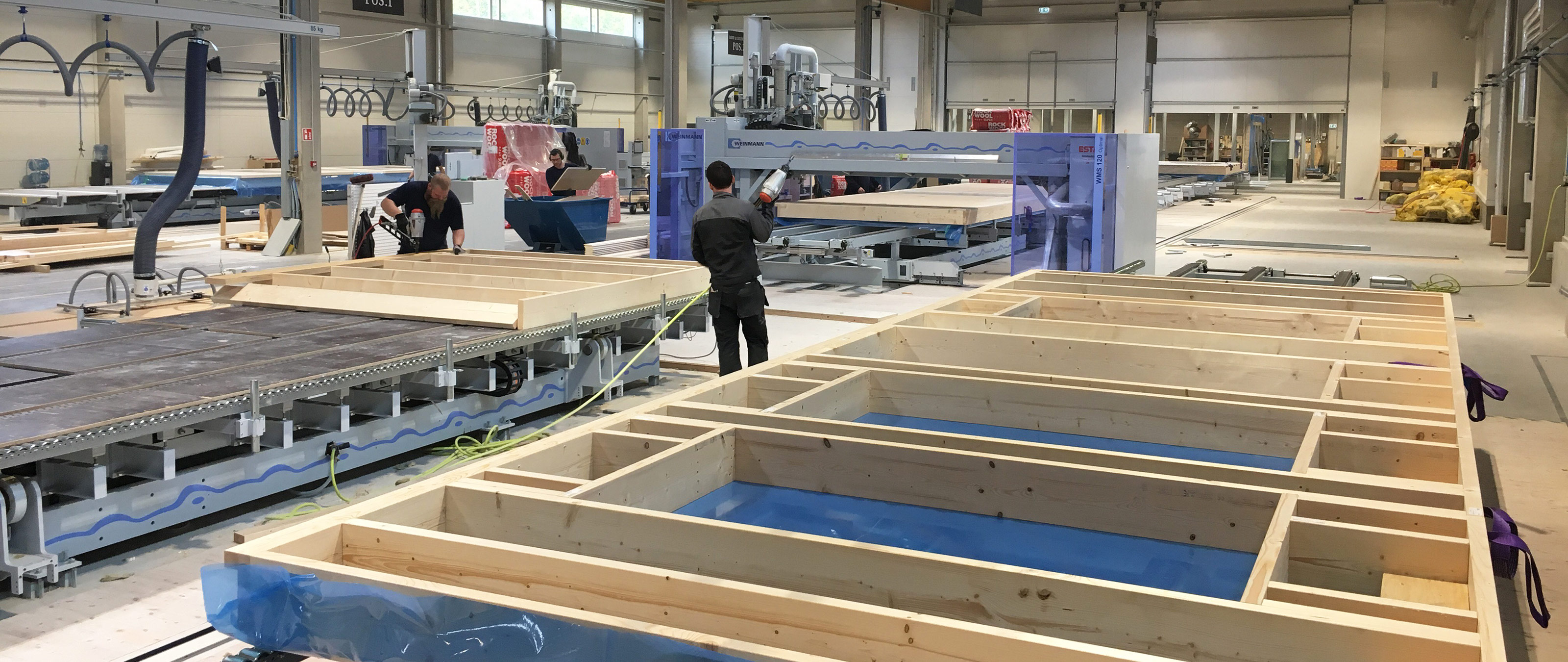
Timber construction in Estonia and the United States
It is hard to imagine two countries in which the role of the timber construction diverges further than in Estonia and the United States. In Estonia, it is of marginal importance in the domestic market; in the US, it has a market share of nearly 100%. And while the Estonians concentrate on exporting, the Americans are busy coping with what seems like a never-ending domestic demand. Despite this, Welement AS, based in Estonia, and Blueprint Robotics Inc., based in the United States, are faced with very similar problems. The reason: both are pioneers in their field, starting virtually from scratch.
Estonia: a fresh approach
If you wanted to sum up Estonia using just one adjective, "straightforward" may be a good choice: 1.3 million inhabitants share around 45,000 m² here in the north of the Baltic region. The markets for local industrial companies are also "straightforward" - but it's only a short distance to Finland and Sweden by sea, and from there on to Norway. This proximity has led to the development of a flourishing export to Scandinavia for many Estonian industries. The country's EU membership-and entry into the Eurozone in 2011-may also allow them to tap into other export markets. Faced with low levels of domestic building activity, the construction sector is also focused on exports. Estonian pioneers in timber construction include Matek, Timbeco, Harmet and Kodumaja, companies that also have an international presence. Their innovation means Estonian timber construction has achieved a leading position among European timber producers - even though the buildings in Estonia are almost exclusively of solid construction. One such Estonian company specializing in solid construction is the Rand & Tuulberg group, which is active in real estate development and the construction of large buildings. Through its subsidiary Muuga Betoonelement, the company also handles approx. 60 percent of its projects in Scandinavia.
A new timber construction company using modern production methods
In 2016, Rand & Tuulberg also went into timber construction. And they did so on a large scale: The group founded a subsidiary, Welement AS, specifically to target this market, and equipped it with a WEINMANN WBZ 160 beam processing system, two automated production lines with seven work tables, and two WEINMANN multifunction bridges. In Estonian timber construction, where production is almost exclusively manual, this is a complete novelty and an obvious unique selling point. Production line one consists of four tables plus a WEINMANN WMS 150 and specializes in the production of exterior wall elements. The second production line is a WEINMANN compact system. Its high degree of flexibility means it can be used to produce wall, roof and ceiling elements, as well as special elements. The capacity of the new plant in Tartu, the second largest city in Estonia, is currently approximately 100-130 timber houses per year - but the company is already envisioning a future expansion to include a frame work station or additional work tables, which will up production to approximately 200 timber houses per year.
Several footholds for a fledgling company
In terms of sales markets, the primary focus for the Tartu plant is Scandinavia. Since the commissioning of the new plant, a three-story terraced house with a total of 600 m² of living space has been delivered to Oslo, with four private houses soon to follow. Finland received three one-story buildings, each consisting four apartments and a parking structure, and facade elements for a hybrid building were sent to Sweden. Back in Estonia, Welement AS was involved in the construction of a multi-story residential building for its own group, also delivering the exterior wall elements for this hybrid building. Hybrid construction is a business area in which CEO Lauri Tuulberg sees one of the many opportunities for the fledgling timber construction company: "The combination of wood and concrete offers special advantages in multistory construction because it uses the specific strengths of both materials and thus leads to optimum results. We offer builders a short construction time and greater certainty in terms of deadline, plus a better energy standard - advantages that will also impress in Estonia in the long term." However, hybrid construction is also still in its infancy in the domestic Estonian market, meaning that a large proportion of the time gained during the first project was lost due to reworking. In the long term, Lauri Tuulberg is focusing on the 2010 EU building directive: "This will be the start of an energetic and ecological change, during the course of which wood will also gain in importance in Estonia. " Until then, the stable export markets in Scandinavia provide his company with good growth potential - mainly because using prefabricated timber elements in construction work is already a firmly established practice in these countries. Another reason for the growth potential is the fact that work in Scandinavia costs around five to six times more than in Estonia. For this reason, one of the aims for the Tartu plant is to seek partnerships with domestic wood construction companies that have been exporting their manually produced timber components to Scandinavia for decades. The aim of such cooperation would be to supply high-quality machined elements to the companies in the future. To provide another foothold for Welement AS, Lauri Tuulberg is also developing a construction system for single-family homes in collaboration with a number of architects, which he wants to establish on the market in around six months' time.
Machine knowledge in timber construction is a rare commodity
At the top of the list of the difficulties for the Tartu plant is a personnel problem. Well-trained engineers and skilled workers are hard to come by in Estonia, and attempts to find carpenters with machine training are usually in vain. That is why 2 of the 15 plant employees are metal workers with knowledge of CNC processes. "They come from a different industry, but they already have the right thinking needed for fully automatic element production." There was also much to do in terms of work preparation. "After all, we are the first in Estonia to use the popular hsb cad technology for planning timber frame elements. In this area, we started almost from scratch."
In the black after three to four years
Lauri Tuulberg was surprised how quickly his company was able to use the new machines: "The team was ready to start production after around two weeks." Of course, the training from WEINMANN also helped, which had been taken in several stages in the absence of integrated utilization. A careful choice of staff was also an advantage: "Above all, we have chosen a young team that is used to using tablets and computers every day," explains Lauri Tuulberg. "In addition, these employees were so motivated that they very quickly had their own thoughts on how we could optimize production steps and use the technology more efficiently." A year of learning passed, in which the management at Welement AS gained a lot of new knowledge. A year of expansion is to follow, and the plant in Tartu should run profitably after another year or two. Having a strong parent company will ensure staying power along this initially rocky path.
USA: starting from scratch
Although the market share for timber construction in the United States is only just under 100 percent in many industries, Blueprint Robotics Inc., based in Baltimore, has entered largely uncharted territory. The company is the first on the American market to use modern automated production technology with a high degree of prefabrication for closed elements, which is largely used as standard in the timber markets of German-speaking countries.In the United States, single and multi-family houses are traditionally produced using a timber "platform frame". The production technique remains largely manual with a low level of prefabrication - even if production is relocated to factories. This traditional method is still in use despite chronic staff shortages, high wages and a demand which has been steadily rising again since the economic crisis.
Increasing the level of prefabrication as a problem solver
Founded in 2015, Blueprint Robotics Inc. initially consisted of three founders, an investor, a computer and an idea - providing builders in the USA with modern timber frame elements, manufactured using European production methods and with a high level of prefabrication. Co-founder Sascha Bopp states: "Our market study indicated that such an approach would immediately solve several problems that builders encounter, such as the shortage of staff in the construction industry, long construction times and escalating costs." "Builders" in the USA are rarely private end consumers; they are usually professional builders that develop properties according to market considerations, build them and then sell to the end customer.The fledgling company developed a tailor-made concept specifically for this clientele that included a high level of prefabrication, a guaranteed completion date and a fixed price. In addition, precise machined fabrication guarantees a consistently high standard of quality: "Therefore, our elements are cheaper for the builder because they carry less risk."
Modern production using German technology
The next step for Blueprint Robotic Inc. was to build a 20,000-m² production hall in Baltimore, equipping it with WEINMANN production lines. "On the one hand, this machine manufacturer from Lonsingen, Germany can completely cover our needs thanks to its broad spectrum of processing machines," says Sascha Bopp. "The fact that the company has teams all over the world means it can also guarantee machine assembly in the United States. It also has good references: We approached several companies in Germany, all of whom recommended WEINMANN as a premium manufacturer." Last but not least: "We negotiated with WEINMANN's Managing Director Hansbert Ott, and he proved himself to be a trusted business partner with integrity. This is of great importance when you're dealing with such geographical distance and when so much money is in play."You only have to look at the equipment in the production hall to see that the American firm have invested a tidy sum. Taking up the majority of the hall are three automated production lines for wall production, which include a frame work station, eight further stations and three WMS 150 multifunction bridges. In addition, there is a roof and a ceiling production line with several work tables and two WMS 150 multifunction bridges.
An automatic cellulose blow-in process
One of the special features of the Baltimore plant is one of the multifunction bridges: the world's first WEINMANN WMS 150 blowTEC with an integrated blow-in plate. It allows the company to blow loose insulation materials into their timber frame constructions fully automatically, efficiently and with a final visual inspection at the open element. The company exclusively uses cellulose as an insulation material. Sascha Bopp states: "We didn't know how the Americans would take to this insulation material, but up to now every customer who has seen the blow-in process wants to use it." The customers see ecological insulation and better insulation performance as an advantage in comparison to typical wall constructions in the United States. Accurately milled timber connections and details engineered with precision provide the impression of a higher level of quality. These differences also impress the customers: "When they come to us and see how we manufacture our products, they often say that they can't match what we are doing using manual processes."It is also essential for the customers that their houses are assembled "fully customized" at the construction site - they want a tailor-made, complete service. The production plant in Baltimore must therefore be correspondingly flexible. However, in this context, "complete" is not to be confused with "ready-to-use". Blueprint Robotics usually provides waterproof building shells - facades and interior fittings are the responsibility of the builder.
No need for a marketing budget
Obtained in May 2016, the plant in Baltimore has been in operation since November of the same year. The commissioning process largely went without a hitch. "However, it was not as simple as we initially thought," explains Sascha Bopp. "Before you can start producing, you have to learn a lot. But the plant is running so well that we haven't had any growing pains."The demand also leaves no reason for complaints. It did not take long for the new company to far exceed its initial potential capacity: "We don't have to look for customers, the customers will find us," states Sascha Bopp, summarizing concisely why the marketing budget was slashed to zero after a few months.This is why Blueprint Robotics already has full order books just over a year after its founding. For the time being, the company is limiting itself to single-family homes and terraced installations. In the future, they also want to go into multi-story residential constructions in Baltimore - when they can utilize the capacity of the production system more efficiently.
The biggest problem: no trained staff
This is precisely the reason for the fledgling company's "growing pains". For the most part, these difficulties concern just one question: "Are we learning fast enough to be able to implement our potential?" At the moment, the company is still struggling with "bottlenecks at all levels". These bottlenecks are not so easy to solve as their root cause is a lack of trained staff.It all starts in the work preparation phase: "As there is no one in the USA with a comparable work preparation process, it is difficult for us to find employees with CAD knowledge in the timber construction industry." For this reason, the company is currently depending on the Bavarian town of Kolbermoor. There, experienced timber construction engineers and aspiring timber construction engineers from Rosenheim University of Applied Sciences concentrate on work preparation for projects in the USA.The solution is long term in production and assembly, sectors in which more than 70 of the 110 Blueprint Robotics employees currently work. "The problem is that we are starting virtually from scratch here. This means a long learning process for our staff and for the company. The aim must be to develop operational efficiency and fully exploit the capacity of our production plants." Once this has been achieved, for Sascha Bopp it is only a matter of time before Blueprint Robotics Inc. builds its next plant, which in turn will increase its skill base. The US market offers huge potential for this and there are currently no comparable competitors.
“WEINMANN can completely cover our requirements with its processing machines.”Sascha Bopp, managing director of Blueprint Robotics Inc.

